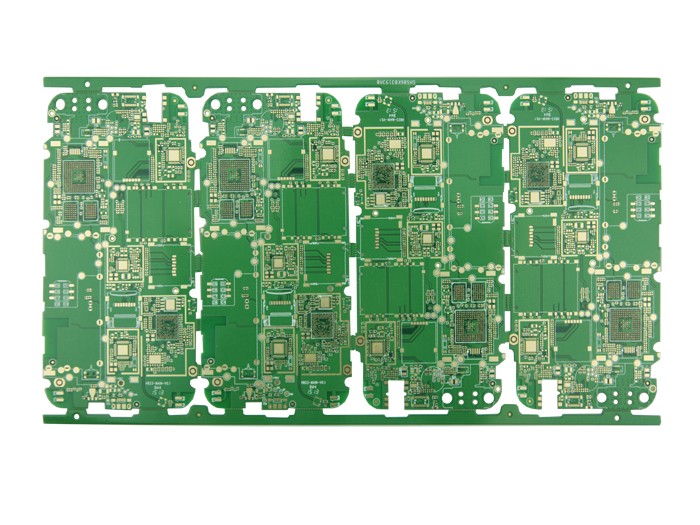The relationship between the size of the PCB proofing electroplating bath and the average loading capacity, cathode current density, volume current density, etc.;

PCB proofing Generally speaking, the size of the electroplating tank refers to the volume L of the electrolyte in the plating tank, also known as the effective volume, that is, the length of the inner cavity of the electroplating tank X the width of the inner cavity X the depth of the electrolyte;
PCB proofing can generally be calculated and matched according to the electroplating processing volume or the existing DC electroplating equipment and other conditions;
Choosing the appropriate size of the electroplating bath is of great significance for preparing production plans, estimating production capacity and ensuring the quality of electroplating;
Three considerations for determining the size of the electroplating tank:
1. Meet the size requirements of processed parts;
2. Prevent the electrolyte from overheating;
3. Able to maintain a certain stability of electrolyte components during the electroplating production cycle;
The current density of the cathode and anode is calculated based on the total area actually immersed in the electrolyte. There is a slight difference due to the difference in the current efficiency of the cathode and anode;
DA=I total/S Yin (A/dm2)
DA=I total/S Yang (A/dm2)
Average loading d: the volume of electrolyte needed for electroplating parts per unit area
is d=V/S(L/ dm2)
Volume current density DV:
The current intensity per unit volume is: DV=Itotal/V(A/L)
PCB proofing and electroplating process is important to properly control the volume current density, because the current through the electrolyte will generate heat due to the resistance of the solution, causing the electrolysis temperature to rise, and the speed and level of the electrolyte heating up are directly related to the volume current density. In order to prevent the electrolyte from heating up too quickly, a larger volume of electrolyte is necessary to reduce the volume current density;
Such as acidic bright copper plating process: The appropriate volume current density is 0.3-0.4A/L, that is, when the total current is 1000A, 2500-3000L electrolyte should be equipped;
Empirical data:
PCB proofing The following data is some empirical data related to the cathode current density and average loading of various common plating species:
Plating species Cathode current density range DK, A/ dm2 Average loading d, L/ dm2
Sulphate copper plating 1.0---3.0 7---9
Acid tin plating 1.0---3.0 7---9
Bright nickel 2.0---4.0 6---8
Nickel 1.0---1.5 6---8
The above is an introduction to the calculation method of the size of the circuit board electroplating tank for PCB proofing. Ipcb is also provided to PCB manufacturers and PCB manufacturing technology